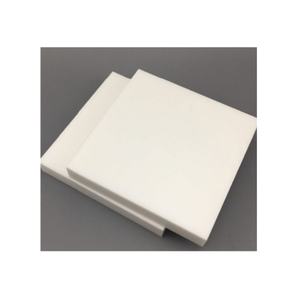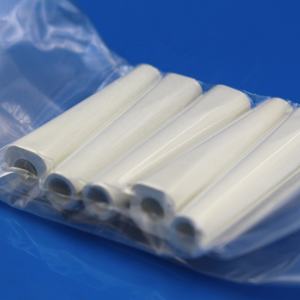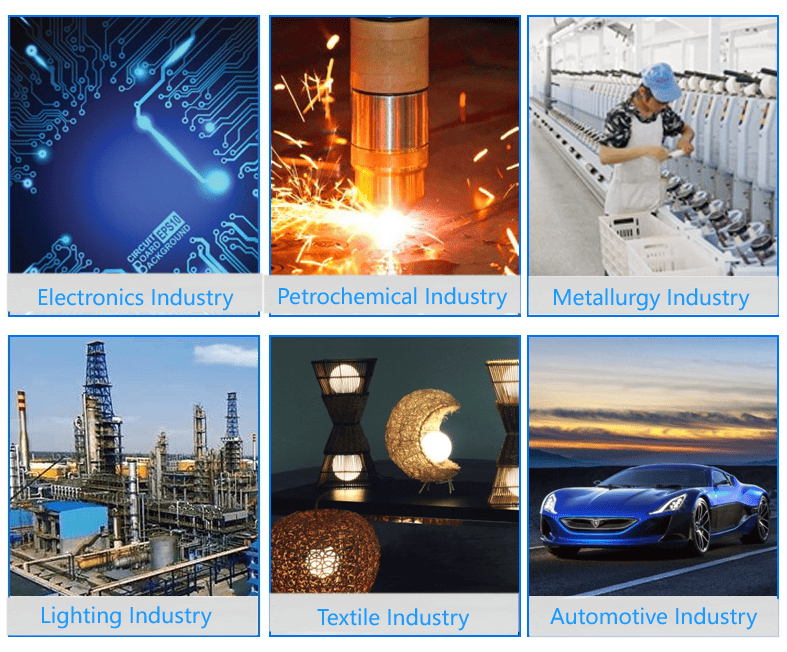Discover Premium Ceramic Products | Durability & Elegance United | Advanced Ceramics
PRODUCT PARAMETERS
Description
Introduction to Alumina Ceramics
Alumina ceramics are known for their high hardness, wear resistance, corrosion resistance, good electrical insulation and high temperature stability. According to the different alumina content, it can be divided into different grades, such as 95 porcelain, 99 porcelain, etc., among which 99 porcelain refers to ceramic materials with an alumina content of 99%. As the alumina content increases, its mechanical strength and electrical insulation properties will also increase accordingly.
Characteristics of Alumina Ceramics
High Hardness: Alumina ceramics have extremely high hardness, which makes it very wear-resistant and suitable for manufacturing abrasive tools and parts that require wear resistance.
Wear resistance: Due to its high hardness, alumina ceramics show excellent wear resistance and are suitable for manufacturing parts for long-term use.
Corrosion resistance: Alumina ceramics have good resistance to most acids and alkalis, making them widely used in the chemical industry.
Good electrical insulation: As an excellent electrical insulating material, alumina ceramics are widely used in electronic and electrical products.
High temperature stability: Ability to withstand extremely high temperatures without significant physical or chemical changes, which makes it an ideal choice for applications in high temperature environments.
Biocompatibility: In the medical field, certain grades of alumina ceramics are used to make medical devices such as artificial joints due to their good biocompatibility.
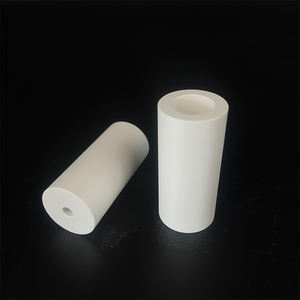
(Alumina Al2o3 Ceramic Crucible/boat Container Refractory Alumina Ceramic Furnace)
Specifications of Alumina Al2o3 Ceramic Crucible/boat Container Refractory Alumina Ceramic Furnace
The Alumina Al2O3 Ceramic Crucible/Boat Container is constructed for high-temperature commercial procedures. It uses high-purity alumina ceramic product. The major part is light weight aluminum oxide (Al2O3), with a material of 99% or greater. This makes certain solid resistance to severe warm. The product operates in settings up to 1800 ° C. It preserves architectural security without warping or fracturing. The thick surface protects against chemical erosion. It withstands acids, alkalis, and molten metals. This makes it reputable for laboratories, metal spreading, and chemical analysis.
The crucible/boat design sustains reliable warmth distribution. It minimizes power waste during heating. The material has reduced thermal growth. Sudden temperature level changes create marginal stress. This improves thermal shock resistance. The container lasts longer in duplicated heating-cooling cycles. It handles fast shifts from high warm to room temperature level.
Mechanical stamina is a crucial feature. The alumina ceramic structure withstands abrasion and influence. It prevents damaging during handling. The surface is smooth. This prevents samples from sticking. Cleaning up is basic after experiments. The product comes in basic sizes. Common forms consist of rectangular watercrafts and round crucibles. Customized dimensions are readily available. Typical dimensions vary from 10ml to 5000ml capacity. Wall surface thickness varies based upon application demands.
Applications cover numerous sectors. It operates in semiconductor manufacturing, powder sintering, and glass production. Labs utilize it for analytical screening. Industrial heaters rely on it for thawing alloys. The non-reactive nature keeps materials pure. It prevents contamination throughout processes.
Maintenance calls for very little initiative. Avoid mechanical collisions during usage. Clean with diluted acid or water after cooling down. Store in completely dry conditions. Do not reveal to fast cooling after high-heat direct exposure. This avoids micro-cracks.
The product satisfies stringent high quality standards. It undertakes accuracy sintering. Each batch is checked for thickness and pureness. Efficiency is consistent across temperature levels. It matches both constant and periodic heating system procedures.
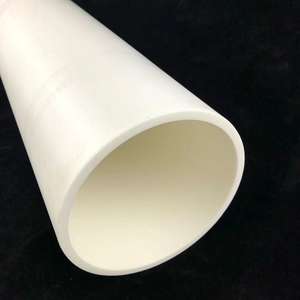
(Alumina Al2o3 Ceramic Crucible/boat Container Refractory Alumina Ceramic Furnace)
Applications of Alumina Al2o3 Ceramic Crucible/boat Container Refractory Alumina Ceramic Furnace
Alumina Al2O3 ceramic crucibles and watercrafts are crucial tools in high-temperature industrial processes. These containers handle severe warmth. They stand up to temperatures as much as 1800 ° C. This makes them optimal for heater applications. Their strength originates from alumina’s all-natural homes. Alumina porcelains are chemically steady. They do not react with most acids, alkalis, or molten metals. This ensures materials inside stay pure during heating.
These crucibles and watercrafts are used in labs and manufacturing facilities. They function well for melting steels, sintering powders, or heat-treating components. Semiconductor making relies on them for refining silicon wafers. They hold products throughout doping or diffusion steps. Metallurgical industries use alumina containers to thaw alloys. They hold up against duplicated heating and cooling cycles.
Alumina ceramic crucibles can be found in lots of forms. Round boats fit constant heating system belts. Square crucibles fit set handling setups. Custom sizes match particular equipment requirements. High-purity alumina (99%+) lessens contamination. Reduced pureness qualities (95%) are less expensive. They still carry out well in less critical tasks.
Thermal shock resistance is a crucial feature. Alumina porcelains take care of sudden temperature level modifications. They avoid splitting when moved from hot to cool down zones. This longevity cuts replacement expenses. It additionally reduces downtime in manufacturing.
These containers last longer than metal or graphite alternatives. Steels thaw or oxidize at high temperatures. Graphite burns in oxygen-rich environments. Alumina stays undamaged. It operates in air, vacuum, or inert gas. No extra finishings are needed.
Maintenance is basic. Alumina crucibles stand up to sticking. Solidified materials remove easily. Cleaning up calls for standard devices. Gentle abrasives remove persistent deposits. Appropriate treatment prolongs their life expectancy.
Cost-effectiveness makes alumina ceramics preferred. High initial expense equilibriums with long service life. Industries save money over time. Integrity guarantees consistent results. Procedures stay reliable.
Alumina ceramic heating system components fulfill strict criteria. They match demanding environments. Efficiency stays steady under stress. Customers trust them for vital tasks.
Company Introduction
Advanced Ceramics founded on October 17, 2014, is a high-tech enterprise committed to the research and development, production, processing, sales and technical services of ceramic relative materials and products.. Since its establishment in 2014, the company has been committed to providing customers with the best products and services, and has become a leader in the industry through continuous technological innovation and strict quality management.
Our products includes but not limited to Silicon carbide ceramic products, Boron Carbide Ceramic Products, Boron Nitride Ceramic Products, Silicon Carbide Ceramic Products, Silicon Nitride Ceramic Products, Zirconium Dioxide Ceramic Products, Quartz Products, etc. Please feel free to contact us.(nanotrun@yahoo.com)
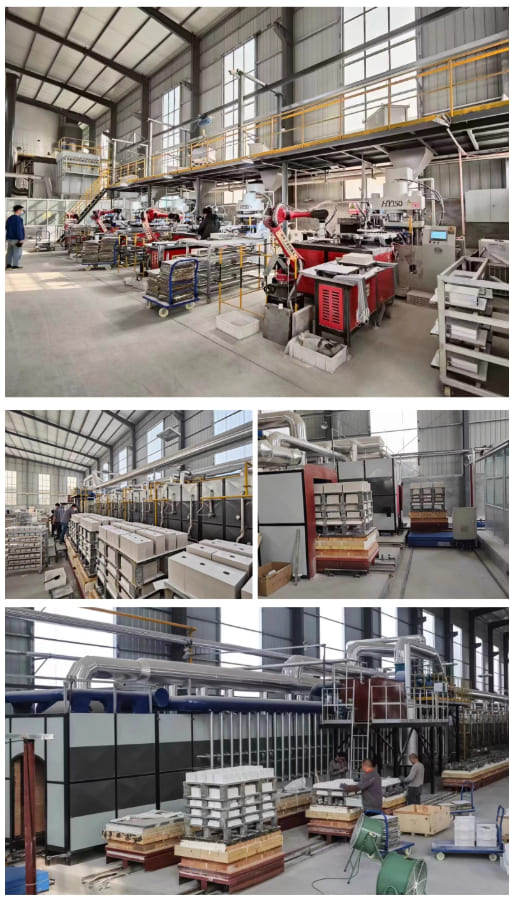
Payment Methods
T/T, Western Union, Paypal, Credit Card etc.
Shipment Methods
By air, by sea, by express, as customers request.
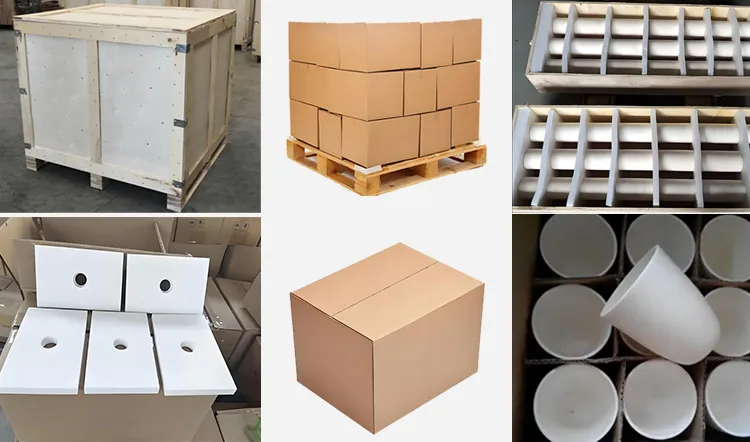
5 FAQs of Alumina Al2o3 Ceramic Crucible/boat Container Refractory Alumina Ceramic Furnace
Alumina Al2O3 ceramic crucibles are heat-resistant containers used in high-temperature processes. These are common questions about them. What temperature can alumina ceramic crucibles handle? They withstand temperatures up to 1750°C. Their high purity alumina content ensures stability in extreme heat. Avoid sudden temperature changes. Rapid cooling or heating might cause cracks. What industries use these crucibles? They work in metal smelting, glassmaking, lab testing, and semiconductor production. Their resistance to chemical corrosion suits harsh environments. They melt metals like gold or analyze materials without contamination. How should alumina ceramic crucibles be handled? Store them in dry conditions. Moisture weakens the structure. Clean them after each use. Remove residues with diluted acid or water. Do not drop or strike them. Their hardness makes them brittle under impact. How long do alumina ceramic crucibles last? Lifespan depends on usage conditions. Proper care extends service time. Frequent exposure to corrosive materials or thermal shock reduces durability. Inspect for cracks before reuse. Damaged crucibles risk failure during heating. Are alumina ceramics compatible with all chemicals? They resist most acids and alkalis. Hydrofluoric acid and strong alkaline solutions damage them. Check chemical compatibility charts before use. Avoid reactions that produce these substances.
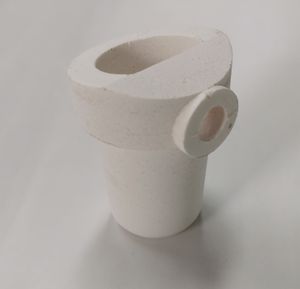
(Alumina Al2o3 Ceramic Crucible/boat Container Refractory Alumina Ceramic Furnace)
REQUEST A QUOTE
RELATED PRODUCTS
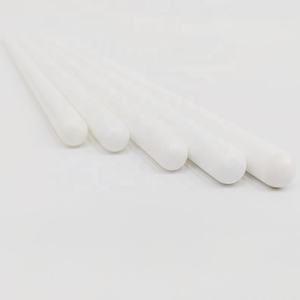
1mm 99% Al2o3 Alumina Ceramic Plate
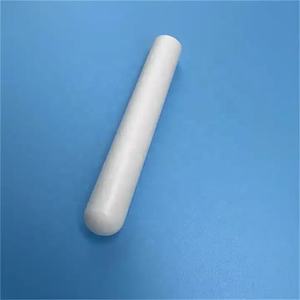
High Precision Machining Ceramic for Medical Industry Ceramic Aluminum Oxide Rod Alumina Ceramic
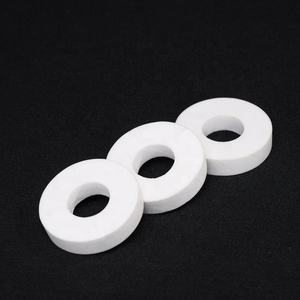
Direct Factory 99% 99.7% Advanced Ceramic Industrial Machined Alumina Ceramic Shaft
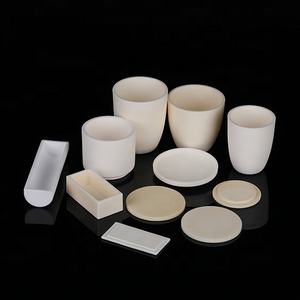
High Insulation Ceramic Alumina Tubes Industrial Ceramic Application Custom Cutting Service by
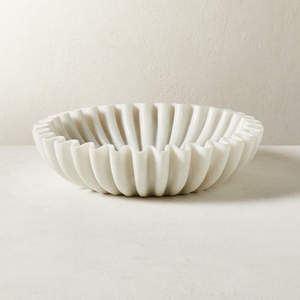
Metallized Aluminum Oxide Alumina Al2O3 Ceramic Substrate with Silver Plating
